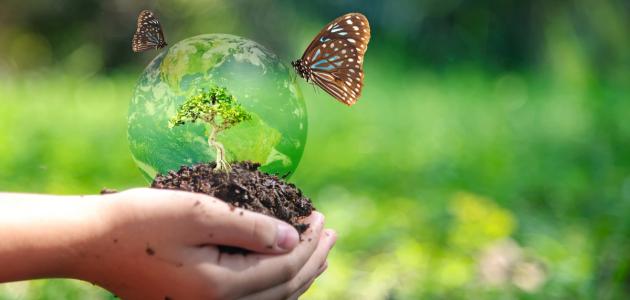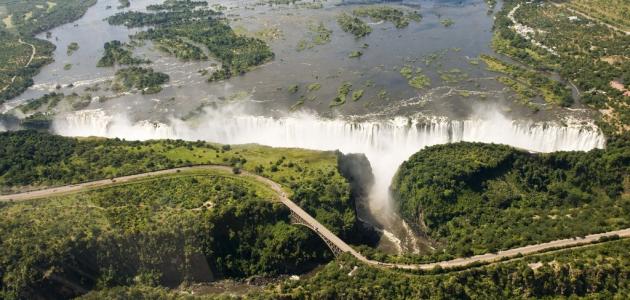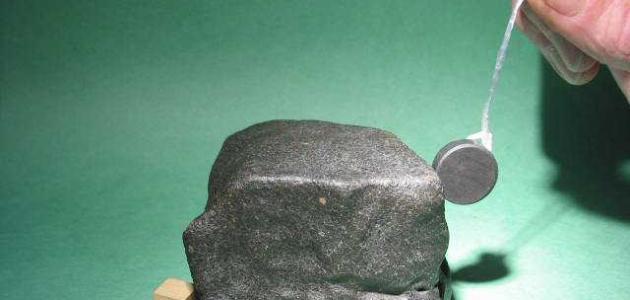How do we preserve environmental resources?
Preserving environmental resources involves using them appropriately and avoiding unjust depletion. Nature provides everything that living organisms need to survive, so they must be exploited carefully to ensure the continuity of life and future generations. Most of these resources exist naturally in the environment, but in limited quantities. In the end, it will impair and threaten the environmental balance. Here are some methods that greatly help in preserving natural resources:
- Maintain green areas and avoid cutting down trees.
- Make room for the development and growth of forests, and recycle dead plants and trees, which benefits the soil.
- Paper and cardboard recycling.
- Use agricultural methods that do not exhaust the soil, such as repeatedly planting the same crop in the same place.
- Growing different types of crops in parallel belts on the slopes; To protect the soil from erosion and corrosion resulting from surface water runoff.
- Reducing the cutting of trees on large areas in order to preserve the soil from erosion.
- Stay away from wrong fishing methods such as poaching; To preserve biological diversity.
- Establishing wildlife parks and reserves that help preserve minority animal species.
- Rationalizing water consumption and protecting it from pollution.
Individuals also contribute to preserving environmental resources through three main activities:
Read also:search for thermal energy- Reduce resources used: An individual can reduce the use of resources by turning off or closing unused electrical energy sources, thus reducing the burning of fossil fuels used in producing electricity, and adopting alternative transportation such as bicycles or walking.
- Resource reuse: One can reuse many plastic and paper household items, thus reducing the polluting materials used in the production of new tools and materials.
- Material recycling: An individual can recycle glass, paper, cardboard, and some types of metals and plastics, and it is recommended to purchase recyclable products. Because some products may be made from a mixture of materials that cannot be separated and recycled.
Practical activities to preserve environmental resources
Below is a greater detail of activities that preserve environmental resources:
- energy saving: The individual conserves energy by relying on solar energy in household activities, planting trees around the house to obtain ventilation instead of air conditioners, using pressure cookers to reduce the energy used in the cooking process, drying clothes by placing them in the open air and not using a dryer. Clothing.
- Water conservation: An individual conserves water by using the least possible amount of it, repairing water pipe leaks, closing water taps when not in use, building a water harvesting system at home to collect rainwater, reusing water that contains cleaning materials to clean other things, and irrigating household crops. Using drip irrigation during the evening hours, and building a sewage treatment center for the facilities.
- Soil conservation: The soil maintains its quality by planting different types of plants, trees, and herbs, and adopting drip irrigation and sprinkler irrigation systems to protect it from erosion.
- Preserving food sources: An individual can preserve food by cooking the quantities he needs without excess, donating surplus food before it spoils, and avoiding storing large quantities of grain crops that could be affected by harmful insects.
- Forest conservation: One conserves forests by avoiding the use of wood products, paper, and tree-based fuels, planting more trees, regulating livestock grazing, and avoiding building dams and roads in forested areas.
Read also:What is groundwater?
Types of environmental resources
The term environmental resources expresses those raw materials that are found in the environment naturally, and are extracted to transform them into other materials or industries that benefit humanity. Examples of these include mining operations and oil extraction. Environmental resources can also be living, such as: plants, animals, and can To be non-living, such as wind, sun, and water. These resources are divided into two basic types:
Renewable environmental resources
The importance of renewable environmental resources lies in that they produce clean energy, that is, they are the result of natural sources that are constantly renewed without polluting the environment, such as sunlight and wind. Humans have relied on these sources to a limited extent in the past, so they used the wind to power sailboats and wheat mills, and during the five hundred years In the past, humans turned to cheap, environmentally polluting sources such as coal, but now humans can extract renewable energy from multiple natural sources in an innovative and cheap way, such as solar energy, whose heat is used to heat water and whose light is used to generate electricity, tidal energy resulting from the moon’s gravity, and geothermal energy. Resulting from heat retention under the Earth's surface, in addition to the use of wind on a larger scale, such as in wind farms.
Non-renewable environmental resources
Non-renewable resources are known as resources resulting from natural sources that are not renewable during a human’s life, and may require millions of years to be formed again. Therefore, they are in limited quantities, difficult to find in nature, and are not renewable within a relatively short time compared to the period of their formation, such as fossil fuels. With its types of natural gas, coal, oil, and natural minerals that are used in making industrial minerals, the following are some of the methods used to preserve non-renewable sources from depletion:
Read also:How to get solar energy- Rationalizing electrical energy consumption, to reduce the use of fossil fuels in power generation plants.
- Use energy saving devices.
- Use of public transportation.
- Exploiting renewable energy sources.
- Metal recycling.
- Stay away from unfair mining operations.
- Recycling plastic products, glass, and metal cans.









